Disadvantages of concrete speed bumps
A traffic-management pavement raised on the road and traffic intersection is the ultimate source to promote road traffic safety and slow down speeding vehicles.
In almost all states of the world, including the UK, accessibility to strict regulations is imposed by traffic engineers to increase pedestrian safety and speed reduction at street parking.
Integrated with the already installed pavements, concrete speed bumps are installed on the streets, unmarked crosswalk paths, pavement markings, and roads of the UK. They play the leading role in controlling the traffic flow along with the traffic signs. But there are some disadvantages as well!
The information in the following article will benefit you if you’re searching for a brief insight into the disadvantages of concrete speed bumps with speed limit signs.
Do you want to know more about this topic? We also have an article talking about top 5 materials to manufacture speed bumps.
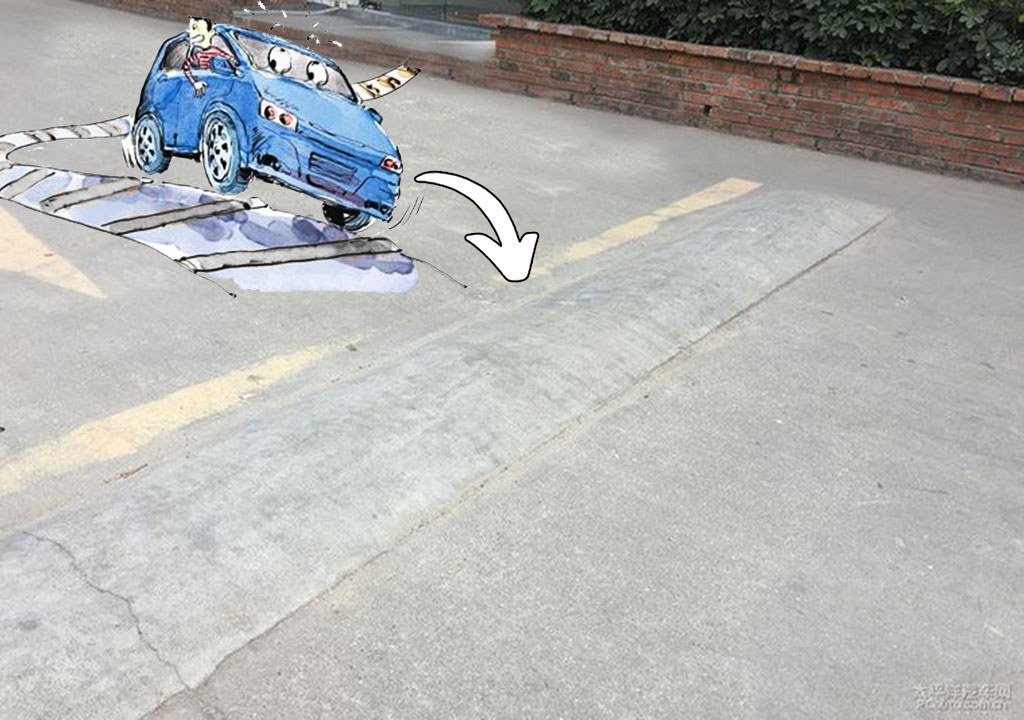

Discover here our complete selection to purchase Speed Bumps!
Well-known disadvantages of concrete speed bumps
A one-piece design of concrete speed cushions or speed bumps effectively reduces the frequent accidents that often occur due to rash driving in the UK.
It also reduces traffic, slows down vehicles, and promotes speed signs. In addition, the hard-wearing design of these speed bumps has enabled traffic experts and the transportation department to install them in numerous places without being affected by the temperature or weather.
Undoubtedly, the effectiveness of concrete speed bumps benefits the users of driveways and pedestrian crossings. Still, there are some disadvantages that enable municipalities to move away from speed bumps.
Some of these potential disadvantages of concrete speed bumps are discussed in the following section of this article.
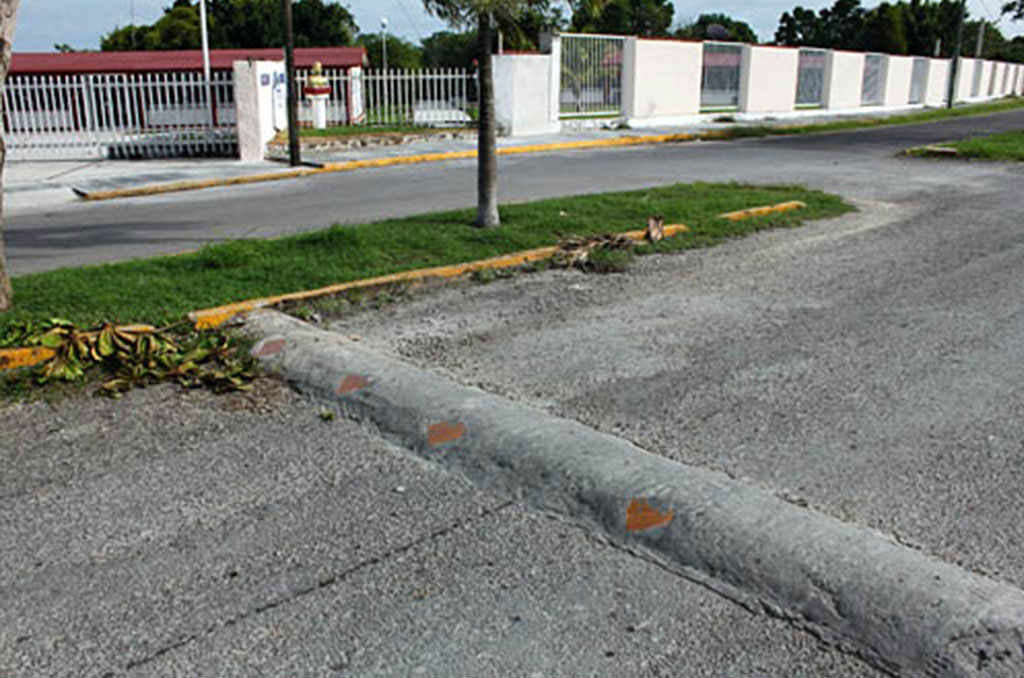
Expensive installation
No doubt, the concrete speed bump type is not easy to install. Also, their installation is costly. It is the most common disadvantage of it.
The use of heavy machinery in the parabolic alignment of the concrete on the pavement, sidewalk, roadway, and federal highway needs sufficient power support. Also, concrete and its raw materials are costly to use in larger quantities.
In addition to the cost of the materials, some other factors of the concrete speed bumps influence their price.
The appropriate height, the pavement’s width, draining sources, warning signs, traffic control signs, and efficient design significantly impact the cost of these speed bumps.
However, it’s estimated that installing the concrete speed bumps costs from $4000 to $30,000. Which is indeed much more than a traditional rubber speed bump.
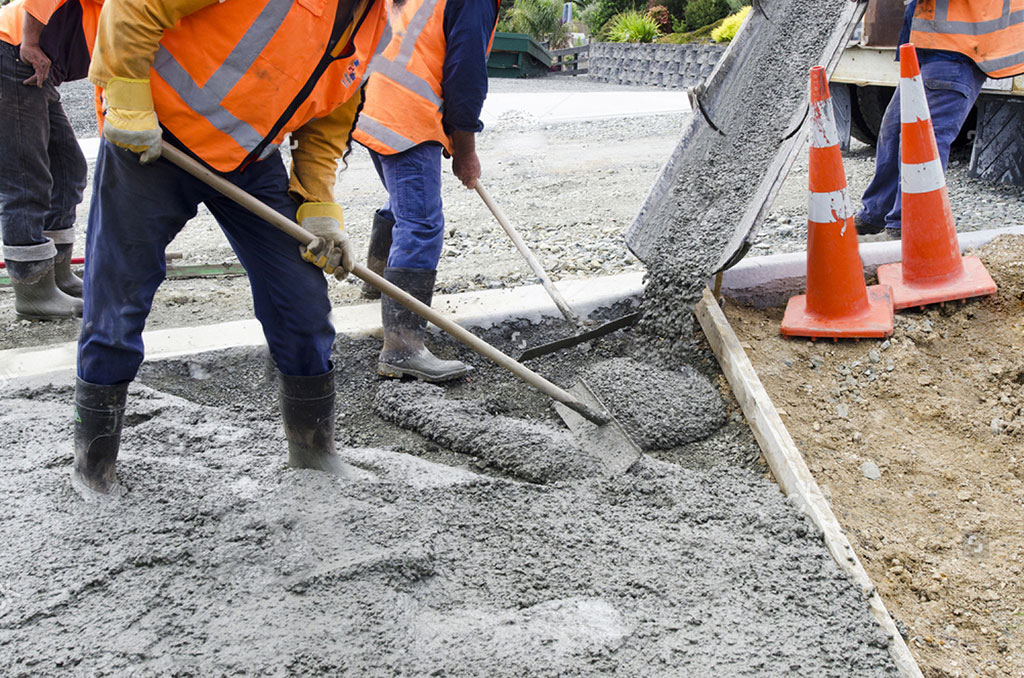
You have already read a good part of this article, 👀
We've
got the impression that you like it. 🙂
👇🏻
IF YOU ARE LOOKING TO WORK DIRECTLY WITH A MANUFACTURER,
FEEL FREE TO CONTACT US. WE ARE VERY HAPPY TO HELP!
Interruption to the emergency vehicles
The speedy arrival of the emergency vehicle, like an ambulance at the spot of inconvenience, is reasonably necessary.
A single-second delay in the appearance of the emergency can result in significant losses and can cause human loss.
Thus, one of the considerable disadvantages of concrete speed bumps is that it slow the speed of emergency vehicles in bike lanes and traffic lanes. They don’t allow the fire trucks or buses to reach the place on time.
Motor vehicles like ambulances or fire trucks are supposed to be driven at the rate of 15 miles per hour. But this estimated speed value is in the case of no speed bumps.
The presence of concrete speed bumps or impediments on UK roads doesn’t allow emergency workers to cross them in a few minutes.

Regular maintenance
In addition to the costly installation, another drawback of using concrete speed bumps in public and private localities and street intersections in the UK is their regular maintenance with time.
The authorities, the municipal community, and the police enforcement must take care of the height and width of the concrete speed bumps over time since concrete often gets flat with frequent usage.
Unlike asphalt or rubber speed bumps, the concrete speed breaker’s irregular shape, height, or width often damages sensitive or sleekly aligned vehicles. It causes discomfort to the driver or motorist. It causes the collision of vehicles with dynamic speed.
That’s why the traffic authorities are restricted from frequently repairing or replacing the concrete speed bumps when they are in use.
Moreover, they also suggest not using concrete speed bumps when damaged.
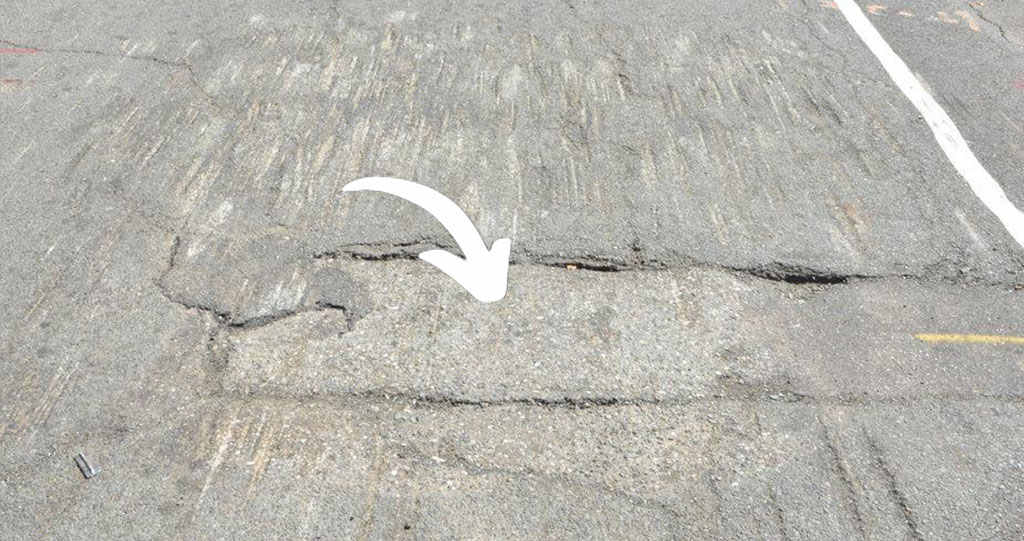
Cause noise to the residents
There’s no doubt that concrete speed bumps are known to improve the traffic volume in speed limits on the roads in the UK, but at the same time, they cause ear-scorching noise to the residents living near such areas.
The use of traffic signs and traffic control devices with traffic cones and rumble strips at the crossings and places where concrete speed bumps are installed plays the most crucial role in resolving the concern of noise production.
In addition to this, concrete speed bumps are also observed to produce different amounts of noise depending on the traffic on roadways.
The speedy vehicles stop by the concrete speed bumps and apply brakes, which creates an irritating noise.
That’s why the environmental control authorities in ordinance to the laws and the traffic experts suggest using a better alternative of concrete speed road bumps such as rubber speed bumps for speed control.
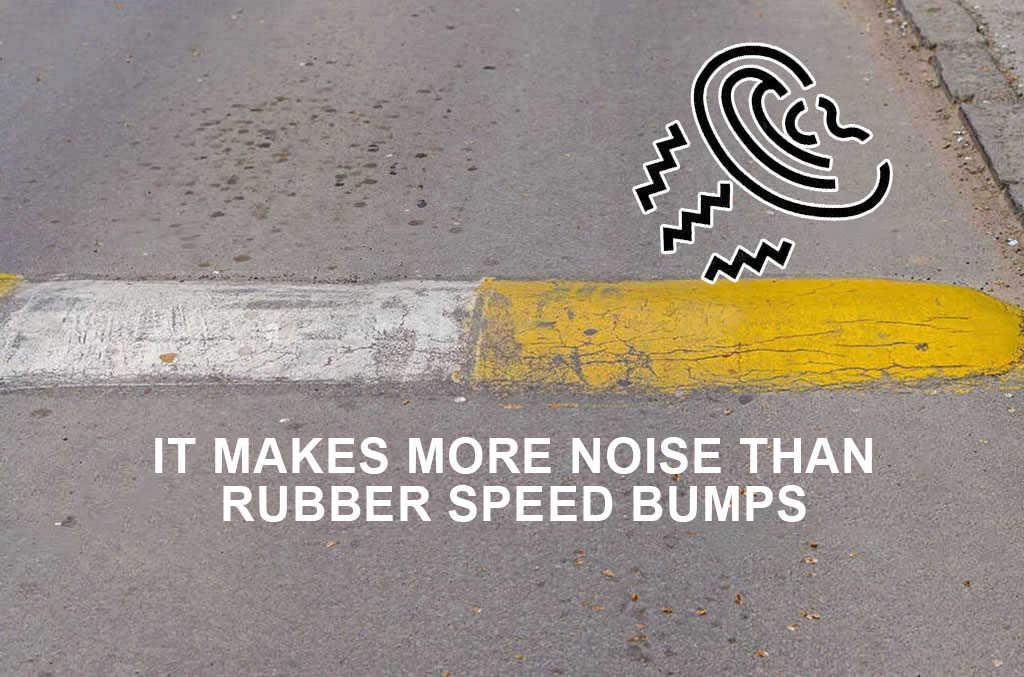
Cause damage to the property
If you’re a car driver or a motorcyclist, you must have experienced the harsh impact of speed bumps on the lower section of your vehicle.
Most cars with lower bumpers or motorcycles with sensitive wheels often get damaged when they come in contact with concrete speed bumps. Most concrete speed bumps wreck the lower portions of vehicles, causing a significant financial loss to the owners.
Furthermore, it has been observed that the areas equipped with concrete speed bumps have low real estate value.
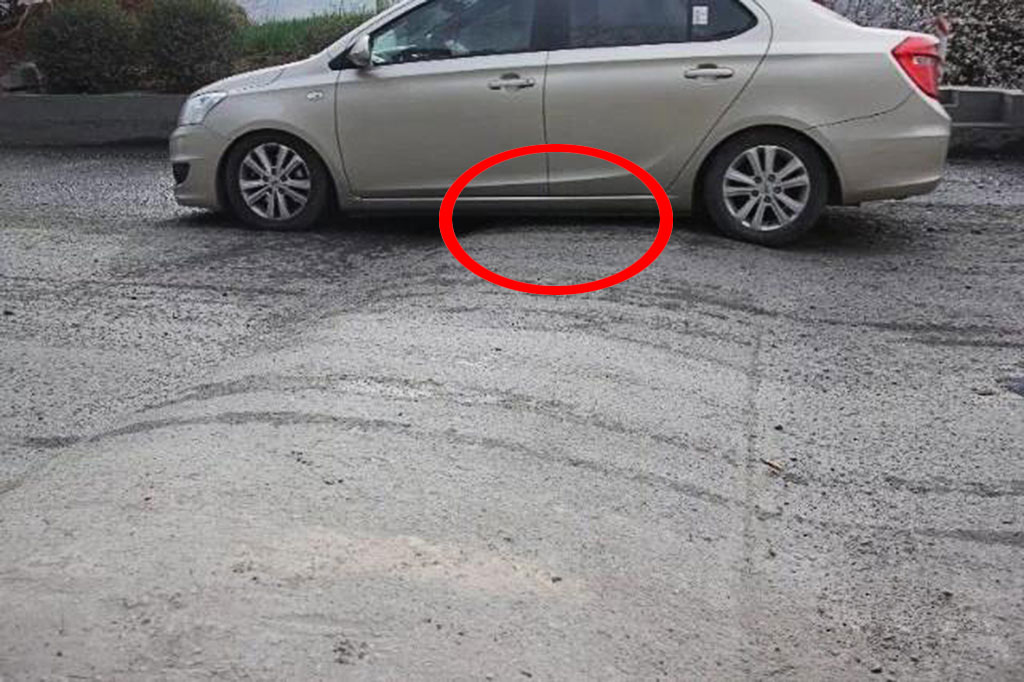
Why use concrete speed bumps?
After discussing some potential disadvantages of concrete speed bumps, evaluating all the crucial points about them is essential.
Unlike asphalt and rubber speed bumps, concrete speed bumps can be installed in integration with the pavements on the road. They’re mainly designed to secure vehicles from severe accidents.
Moreover, concrete speed bumps on UK roads and highways as vertical obstacles inhibit speedy vehicles from fast driving. Drivers often get alert to the presence of concrete speed bumps on the roads.
Where are concrete speed bumps used?
Municipalities and traffic-management authorities often tend to install concrete speed bumps in areas where the speed limit is not allowed to exceed the range of 15 to 20 miles per hour.
In addition to these areas, concrete speed bumps are also present in public and private localities like parking lots, private roads, and driveways.
Unlike temporary traffic calming measures, concrete speed bumps are the most durable and permanent type of speed bumps, leading cars to move within the suggested speed limit.
The sturdiness and the easy installation of the concrete speed bumps impressed the community. Still, some negative factors about their use often restrict users from installing them.
However, the effectiveness of concrete speed bumps can’t be doubted in traffic control. They’re the most prominent types of pavements installed on the roads, which reduce accidents.
Besides reducing accidents, the experts consider concrete speed bumps as the most efficient hurdles that reduce vehicle speed to a greater extent.
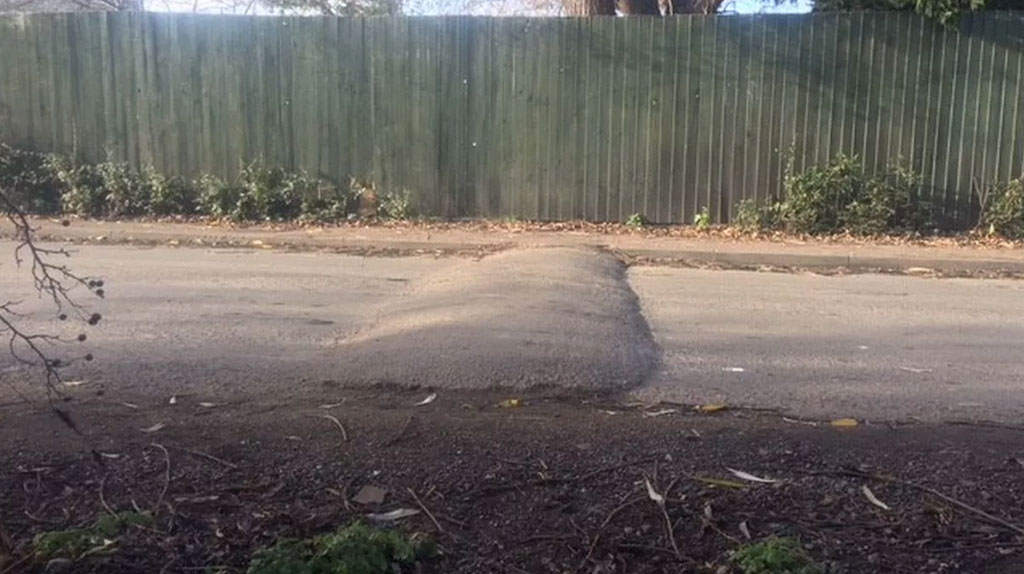
Conclusion
The availability of efficient speed bumps in public and private areas in the UK promotes peace and tranquillity, but they often come with many problems for the locals.
Unlike all other speed bumps, concrete speed bumps are undoubtedly sturdy and hard, but they have many disadvantages. They are very slippery. Also, the costly installation will cause financial distress to the active authorities in the area.
In the above article, some common disadvantages come with concrete speed bumps. Read the whole article till the end to understand every point regarding concrete speed bumps.
👇🏻
IF YOU ARE LOOKING TO WORK DIRECTLY WITH A MANUFACTURER,
FEEL FREE TO CONTACT US. WE ARE VERY HAPPY TO HELP!




















